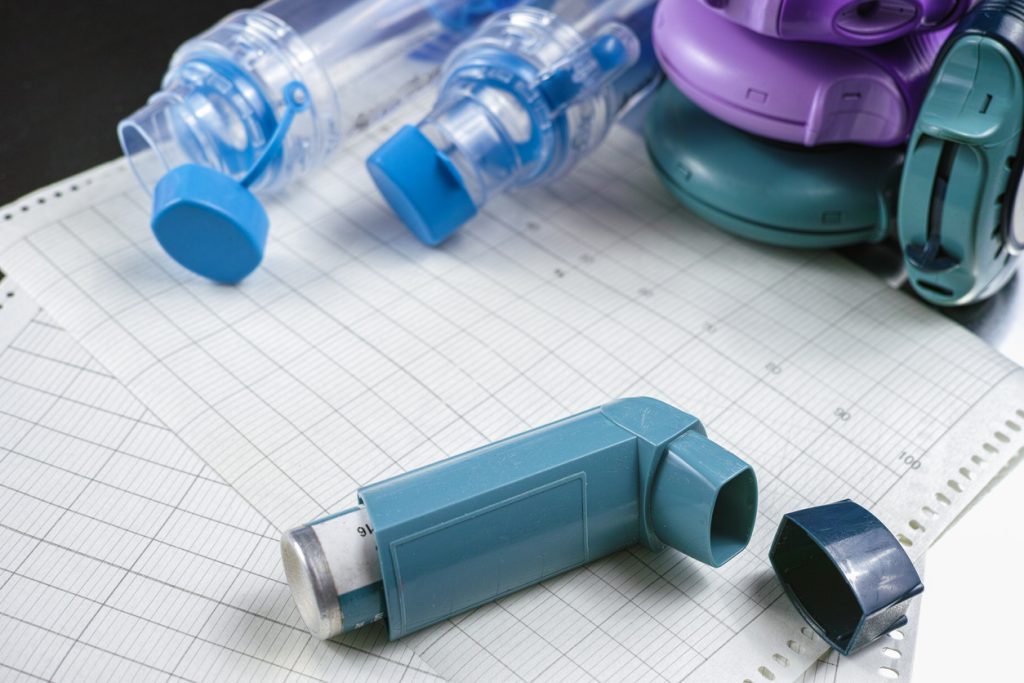Inhaled corticosteroids (ICS) decrease inflammation and flare-ups and are effective in treating COPD and asthma-like symptoms. Corticosteroids taken orally or given by injection can be life-saving. But, they can also produce serious side effects.
Download Inhaled Corticosteroids (ICS) as a PDF.
To reduce these side effects, researchers developed new forms of ICS that you can inhale right into your lungs. You almost always use an inhaler to take them.
Although ICS have fewer side effects, they don’t always work for severe symptoms. During a bad flare-up, mucus and infected matter may block your airways. So, the medicine can’t get into the places in your lungs that need it most.
Side effects of inhaled corticosteroids
Using inhalers greatly reduces or gets rid of many of the severe side effects of oral corticosteroids. However, inhalers increase your risk of thrush, an oral yeast infection.
Symptoms of thrush include
- Severe sore throat
- Extreme redness of the tongue
- White patches in the mouth and/or back of the throat
- Metallic-like taste (possible)
- Painful swallowing
If you get thrush, you may have to stop using your steroid inhaler — or use it less. If the thrush persists, you may not be able to take inhaled steroids anymore.
Your doctor may put you on antifungal medicine or ask you to try using a spacer with your inhaler. Spacers also help reduce the amount of ICS that’s absorbed into your blood, which reduces other side effects of steroids and how to prevent them.
You can reduce undesired side effects even more by rinsing your mouth after using your ICS inhaler. It also can be helpful to use your inhaler just before you brush your teeth in the morning and at night.
For more in-depth information on this topic, please visit the Big Fat Reference Guide (BFRG). If you are enrolled in AlphaNet’s Subscriber Portal, you can access the BFRG here.
Download Inhaled Corticosteroids (ICS) as a PDF.

